Narayana Darapaneni
Forecasting Electric Vehicle Battery Output Voltage: A Predictive Modeling Approach
Apr 08, 2024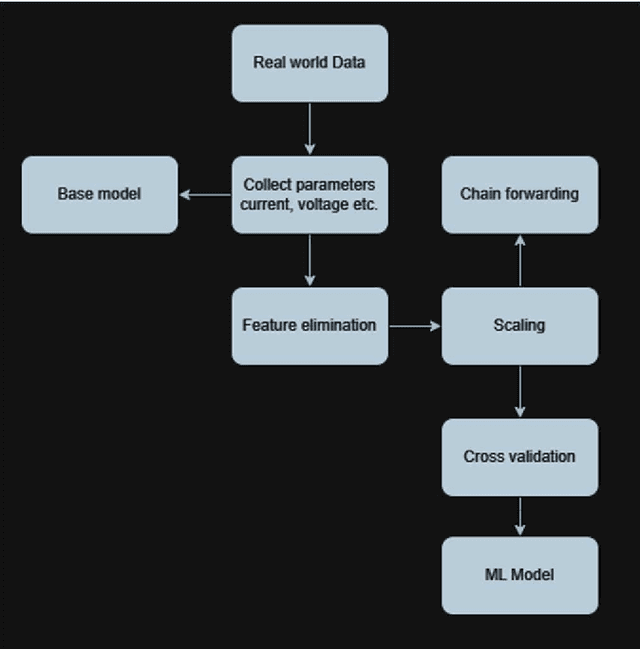
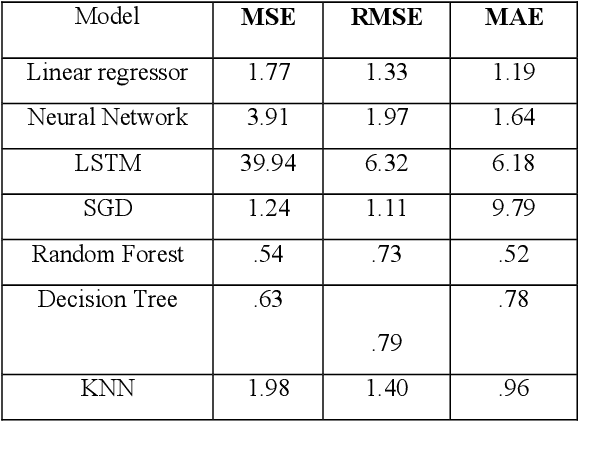
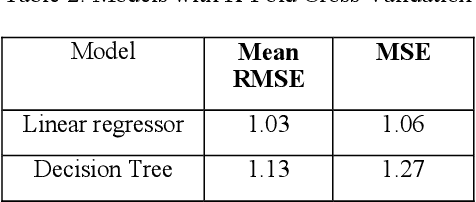
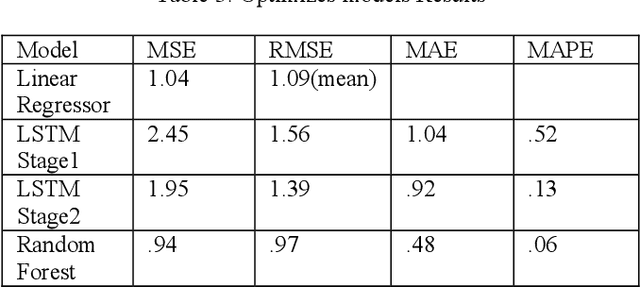
Abstract:The battery management system plays a vital role in ensuring the safety and dependability of electric and hybrid vehicles. It is responsible for various functions, including state evaluation, monitoring, charge control, and cell balancing, all integrated within the BMS. Nonetheless, due to the uncertainties surrounding battery performance, implementing these functionalities poses significant challenges. In this study, we explore the latest approaches for assessing battery states, highlight notable advancements in battery management systems (BMS), address existing issues with current BMS technology, and put forth possible solutions for predicting battery charging voltage.
Music Recommendation Based on Facial Emotion Recognition
Apr 06, 2024

Abstract:Introduction: Music provides an incredible avenue for individuals to express their thoughts and emotions, while also serving as a delightful mode of entertainment for enthusiasts and music lovers. Objectives: This paper presents a comprehensive approach to enhancing the user experience through the integration of emotion recognition, music recommendation, and explainable AI using GRAD-CAM. Methods: The proposed methodology utilizes a ResNet50 model trained on the Facial Expression Recognition (FER) dataset, consisting of real images of individuals expressing various emotions. Results: The system achieves an accuracy of 82% in emotion classification. By leveraging GRAD-CAM, the model provides explanations for its predictions, allowing users to understand the reasoning behind the system's recommendations. The model is trained on both FER and real user datasets, which include labelled facial expressions, and real images of individuals expressing various emotions. The training process involves pre-processing the input images, extracting features through convolutional layers, reasoning with dense layers, and generating emotion predictions through the output layer. Conclusion: The proposed methodology, leveraging the Resnet50 model with ROI-based analysis and explainable AI techniques, offers a robust and interpretable solution for facial emotion detection paper.
A Deep Look Into -- Automated Lung X-Ray Abnormality Detection System
Apr 06, 2024Abstract:Introduction: Automated Lung X-Ray Abnormality Detection System is the application which distinguish the normal x-ray images from infected x-ray images and highlight area considered for prediction, with the recent pandemic a need to have a non-conventional method and faster detecting diseases, for which X ray serves the purpose. Obectives: As of current situation any viral disease that is infectious is potential pandemic, so there is need for cheap and early detection system. Methods: This research will help to eases the work of expert to do further analysis. Accuracy of three different preexisting models such as DenseNet, MobileNet and VGG16 were high but models over-fitted primarily due to black and white images. Results: This led to building up new method such as as V-BreathNet which gave more than 96% percent accuracy. Conclusion: Thus, it can be stated that not all state-of art CNN models can be used on B/W images. In conclusion not all state-of-art CNN models can be used on B/W images.
A Novel Bi-LSTM And Transformer Architecture For Generating Tabla Music
Apr 06, 2024



Abstract:Introduction: Music generation is a complex task that has received significant attention in recent years, and deep learning techniques have shown promising results in this field. Objectives: While extensive work has been carried out on generating Piano and other Western music, there is limited research on generating classical Indian music due to the scarcity of Indian music in machine-encoded formats. In this technical paper, methods for generating classical Indian music, specifically tabla music, is proposed. Initially, this paper explores piano music generation using deep learning architectures. Then the fundamentals are extended to generating tabla music. Methods: Tabla music in waveform (.wav) files are pre-processed using the librosa library in Python. A novel Bi-LSTM with an Attention approach and a transformer model are trained on the extracted features and labels. Results: The models are then used to predict the next sequences of tabla music. A loss of 4.042 and MAE of 1.0814 are achieved with the Bi-LSTM model. With the transformer model, a loss of 55.9278 and MAE of 3.5173 are obtained for tabla music generation. Conclusion: The resulting music embodies a harmonious fusion of novelty and familiarity, pushing the limits of music composition to new horizons.
Deep Learning-Based Brain Image Segmentation for Automated Tumour Detection
Apr 06, 2024Abstract:Introduction: The present study on the development and evaluation of an automated brain tumor segmentation technique based on deep learning using the 3D U-Net model. Objectives: The objective is to leverage state-of-the-art convolutional neural networks (CNNs) on a large dataset of brain MRI scans for segmentation. Methods: The proposed methodology applies pre-processing techniques for enhanced performance and generalizability. Results: Extensive validation on an independent dataset confirms the model's robustness and potential for integration into clinical workflows. The study emphasizes the importance of data pre-processing and explores various hyperparameters to optimize the model's performance. The 3D U-Net, has given IoUs for training and validation dataset have been 0.8181 and 0.66 respectively. Conclusion: Ultimately, this comprehensive framework showcases the efficacy of deep learning in automating brain tumour detection, offering valuable support in clinical practice.
Prediction of COVID-19 using chest X-ray images
Apr 08, 2022Abstract:COVID-19, also known as Novel Coronavirus Disease, is a highly contagious disease that first surfaced in China in late 2019. SARS-CoV-2 is a coronavirus that belongs to the vast family of coronaviruses that causes this disease. The sickness originally appeared in Wuhan, China in December 2019 and quickly spread to over 213 nations, becoming a global pandemic. Fever, dry cough, and tiredness are the most typical COVID-19 symptoms. Aches, pains, and difficulty breathing are some of the other symptoms that patients may face. The majority of these symptoms are indicators of respiratory infections and lung abnormalities, which radiologists can identify. Chest x-rays of COVID-19 patients seem similar, with patchy and hazy lungs rather than clear and healthy lungs. On x-rays, however, pneumonia and other chronic lung disorders can resemble COVID-19. Trained radiologists must be able to distinguish between COVID-19 and an illness that is less contagious. Our AI algorithm seeks to give doctors a quantitative estimate of the risk of deterioration. So that patients at high risk of deterioration can be triaged and treated efficiently. The method could be particularly useful in pandemic hotspots when screening upon admission is important for allocating limited resources like hospital beds.
Farmer-Bot: An Interactive Bot for Farmers
Apr 07, 2022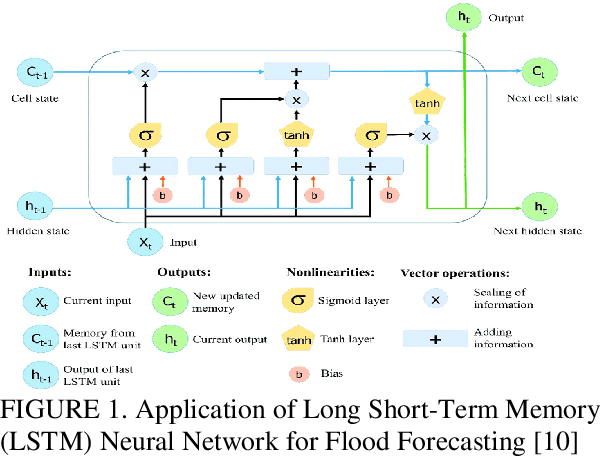
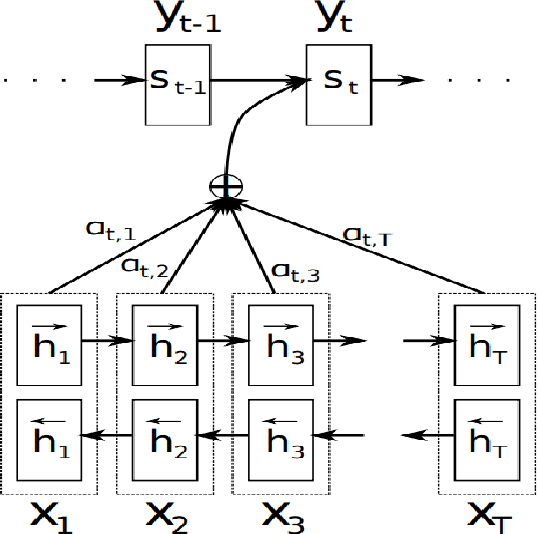
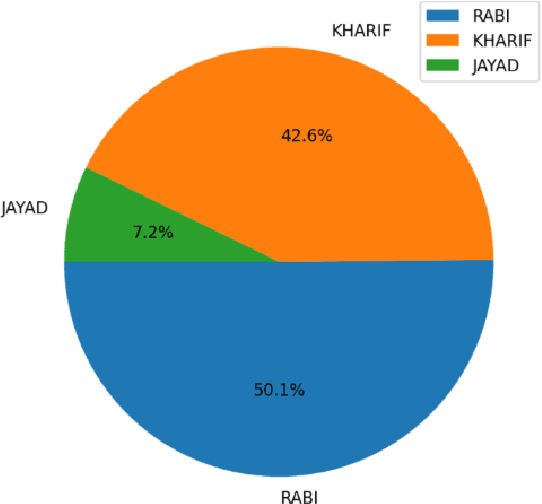
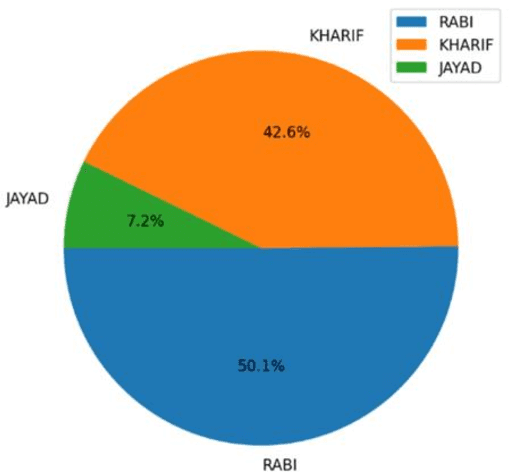
Abstract:The Indian Agricultural sector generates huge employment accounting for over 54% of countrys workforce. Its overall stand in GDP is close to 14%. However, this sector has been plagued by knowledge and infrastructure deficit, especially in the rural sectors. Like other sectors, the Indian Agricultural sector has seen rapid digitization with use of technology and Kisan Call Center (KCC) is one such example. It is a Government of India initiative launched on 21st January 2004 which is a synthesis of two hitherto separate sectors the Information Technology and Agriculture sector. However, studies have shown to have constrains to KCC beneficiaries, especially in light of network congestion and incomplete knowledge of the call center representatives. With the advent of new technologies, like first-generation SMS based and next-generation social media tools like WhatsApp, farmers in India are digitally more connected to the agricultural information services. Previous studies have shown that the KCC dataset can be used as a viable alternative for Chat-bot. We will base our study with the available KCC dataset to build an NLP model by getting the semantic similarity of the queries made by farmers in the past and use it to automatically answer future queries. We will attempt to make a WhatsApp based chat-bot to easily communicate with farmers using RASA as a tool.
Pneumonia Detection in Chest X-Rays using Neural Networks
Apr 07, 2022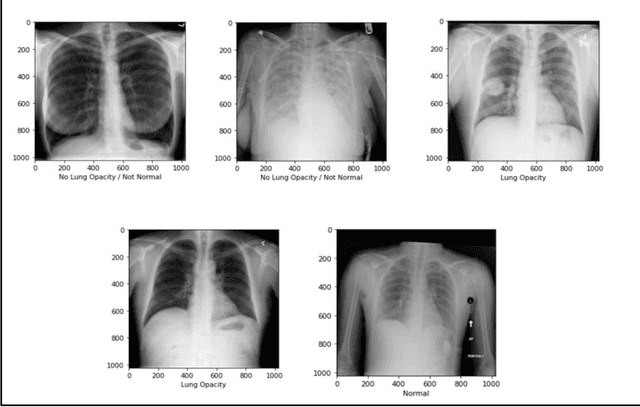

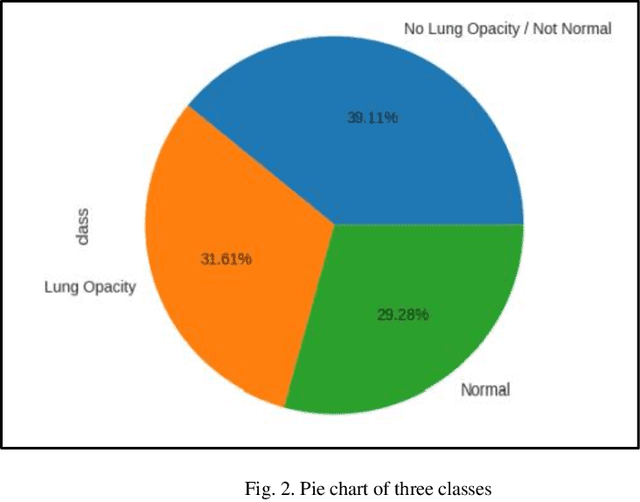
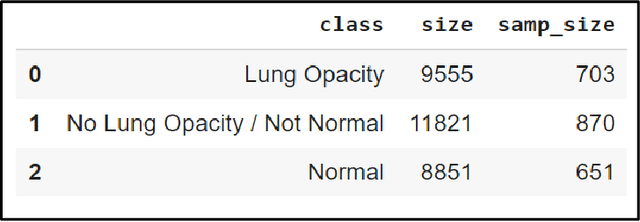
Abstract:With the advancement in AI, deep learning techniques are widely used to design robust classification models in several areas such as medical diagnosis tasks in which it achieves good performance. In this paper, we have proposed the CNN model (Convolutional Neural Network) for the classification of Chest X-ray images for Radiological Society of North America Pneumonia (RSNA) datasets. The study also tries to achieve the same RSNA benchmark results using the limited computational resources by trying out various approaches to the methodologies that have been implemented in recent years. The proposed method is based on a non-complex CNN and the use of transfer learning algorithms like Xception, InceptionV3/V4, EfficientNetB7. Along with this, the study also tries to achieve the same RSNA benchmark results using the limited computational resources by trying out various approaches to the methodologies that have been implemented in recent years. The RSNA benchmark MAP score is 0.25, but using the Mask RCNN model on a stratified sample of 3017 along with image augmentation gave a MAP score of 0.15. Meanwhile, the YoloV3 without any hyperparameter tuning gave the MAP score of 0.32 but still, the loss keeps decreasing. Running the model for a greater number of iterations can give better results.
Matching Writers to Content Writing Tasks
Apr 07, 2022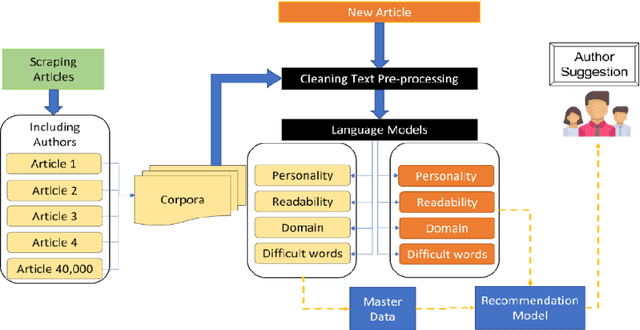
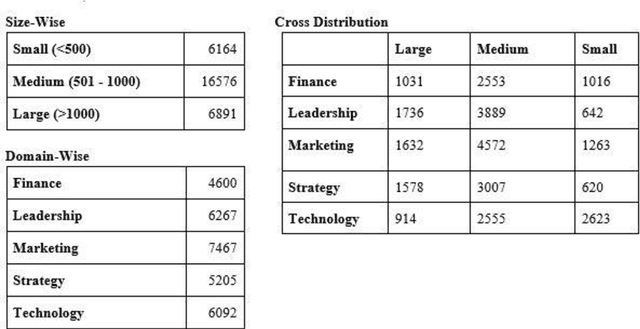
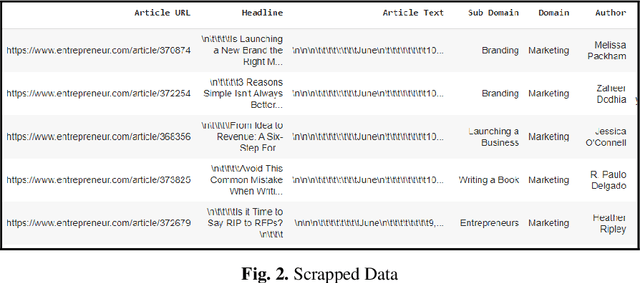

Abstract:Businesses need content. In various forms and formats and for varied purposes. In fact, the content marketing industry is set to be worth $412.88 billion by the end of 2021. However, according to the Content Marketing Institute, creating engaging content is the #1 challenge that marketers face today. We under-stand that producing great content requires great writers who understand the business and can weave their message into reader (and search engine) friendly content. In this project, the team has attempted to bridge the gap between writers and projects by using AI and ML tools. We used NLP techniques to analyze thou-sands of publicly available business articles (corpora) to extract various defining factors for each writing sample. Through this project we aim to automate the highly time-consuming, and often biased task of manually shortlisting the most suitable writer for a given content writing requirement. We believe that a tool like this will have far reaching positive implications for both parties - businesses looking for suitable talent for niche writing jobs as well as experienced writers and Subject Matter Experts (SMEs) wanting to lend their services to content marketing projects. The business gets the content they need, the content writer/ SME gets a chance to leverage his or her talent, while the reader gets authentic content that adds real value.
Stock Price Prediction using Sentiment Analysis and Deep Learning for Indian Markets
Apr 07, 2022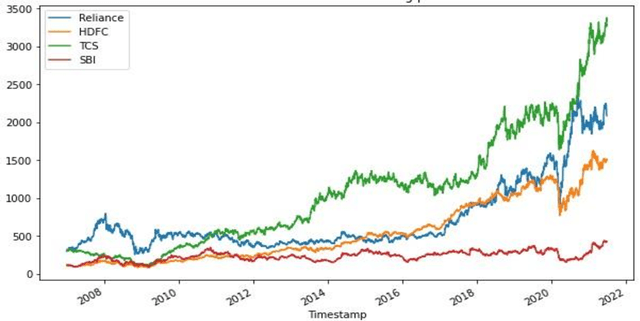
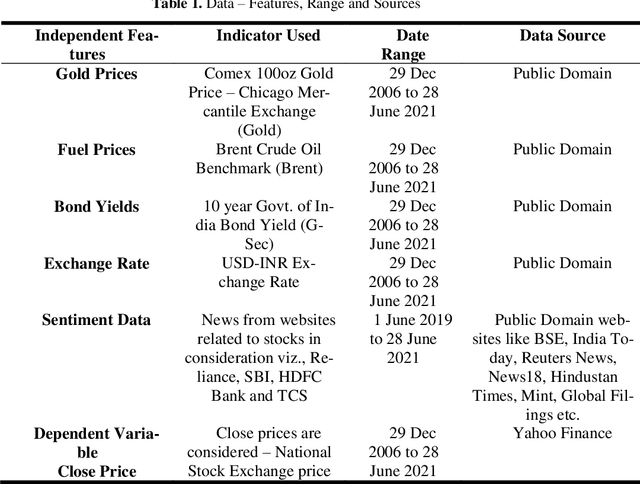
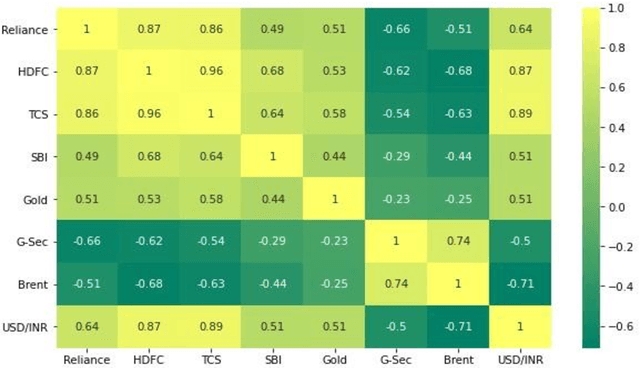
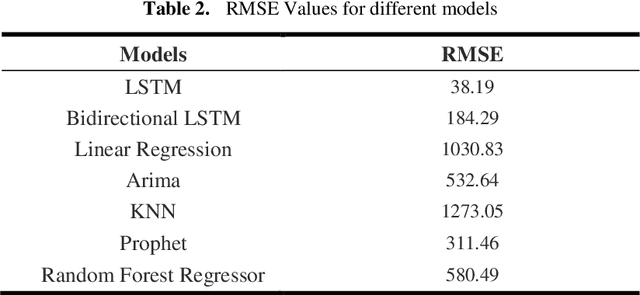
Abstract:Stock market prediction has been an active area of research for a considerable period. Arrival of computing, followed by Machine Learning has upgraded the speed of research as well as opened new avenues. As part of this research study, we aimed to predict the future stock movement of shares using the historical prices aided with availability of sentiment data. Two models were used as part of the exercise, LSTM was the first model with historical prices as the independent variable. Sentiment Analysis captured using Intensity Analyzer was used as the major parameter for Random Forest Model used for the second part, some macro parameters like Gold, Oil prices, USD exchange rate and Indian Govt. Securities yields were also added to the model for improved accuracy of the model. As the end product, prices of 4 stocks viz. Reliance, HDFC Bank, TCS and SBI were predicted using the aforementioned two models. The results were evaluated using RMSE metric.
 Add to Chrome
Add to Chrome Add to Firefox
Add to Firefox Add to Edge
Add to Edge